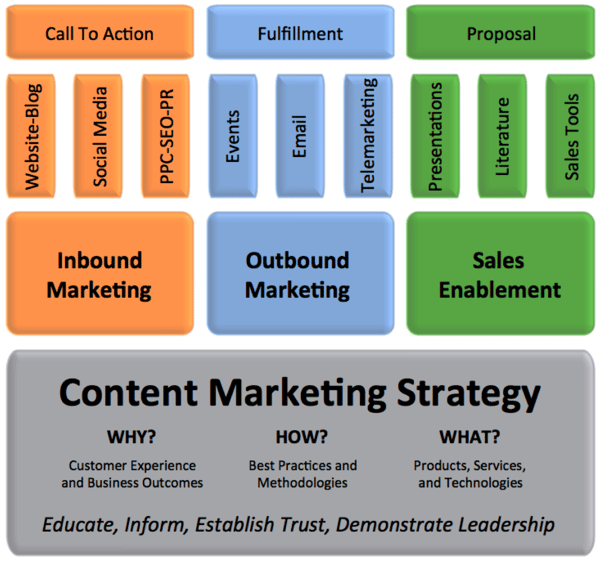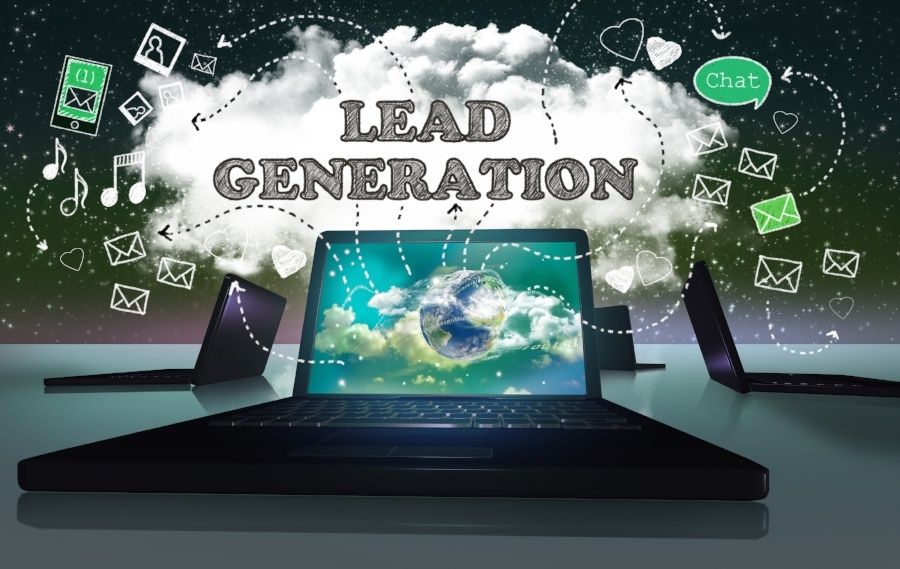
Inbound marketing is sweeping the nation. Regardless of your industry, you can benefit from the traffic, lead, and customer generation advantages provided by an inbound approach to letting your target audience know about your business, and growing your customer base.
Of course, that doesn't mean simply switching to this type of philosophy is the magic formula for growing your business. To be successful means to be strategic, in very specific ways.
To help you get started, here are 5 do's and don'ts of successful inbound marketing, which apply regardless of your industry.
1) Do: Focus on Content
Inbound marketing is impossible without the content to support it. Your goal is to draw your audience into your website, with SEO-focused content designed to answer their questions and address their pain points. Without this emphasis on content, your efforts cannot be successful.
Don't: Simply Start Writing
At the same time, don't take the above to mean that you need to create your content, right now. If you don't know exactly what to write, your efforts might be wasted.
Instead, take the time to analyze both your audience and their pain points, translate that into the keywords they tend to search for, and develop your content strategically.

2) Do: Emphasize Value at Every Step
As you develop your content, one guiding principle should be front and center: value. More specifically, how does the blog post, video, email, or whitepaper you are creating actually add value for your audience?
What are their takeaways, and what can't they find anywhere else? Every step you take toward a comprehensive inbound campaign should be made with value in mind.
Don't: Take a Promotional Approach
Don't mistake valuable content for emphasizing the value of your product or services. Possibly the worst mistake beginning inbound marketers can make is using it as just another advertising approach.
Promotion of your own brand should be secondary; focus on value first, in a way that makes your product or service as a solution the natural (and implicit) next step.
3) Do: Build Your Social Media Presence
Social media is essential to successful inbound marketing. A large part of your time and resources should be spent on finding the right social network, and developing a content strategy designed to grow both followers and engagement.
Done right, your social media efforts will be a catalyst toward driving traffic to your content.
Don't: Simply Start Posting
Social media is immensely valuable. But it is not random: organic brand reach dwindles every year, which means that you need to be strategic if you want to succeed.
Build a content calendar, and plan ahead to let your presence paint a brand picture. Keep your content visual, and post multiple times per day to get your audience's attention.

4) Do: Focus on Lead Generation
In many ways, lead generation is the ultimate success metric of inbound marketing. If your content not just attracts traffic, but also converts that traffic to leads, you have already won.
Focus on lead generation by gating your best content behind sign-up pages, and optimize those landing pages for maximum conversion success.
Don't: Go Beyond Inbound Leads
Lead generation matters, but don't be tempted to get your leads at any cost. Quality is crucial, so stay away from purchasing email lists or finding other ways of lead generation.
Instead, focus your efforts on only those members of your target audience who actually want to sign up for more information.
5) Do: Build a Lead Nurturing Strategy
What happens once a lead enters your database? In successful inbound marketing, that lead now is gently nurtured toward the sale using regular messages.
These messages are timed out strategically, typically sent via email, and are designed to build a relationship between brand and potential customer.
Don't: Spam Your Audience With Sales Emails
Here's a great way to fail at inbound marketing: spam your new leads with repeated sales messages or urgent calls to become a customer.
An inbound lead may not yet be ready to buy, and will be much more interested in the type of value-added content mentioned above.
Get promotional, and you may lose a significant amount of potential customers.
6) Do: Focus on Relevant Metrics
![]()
Inbound marketing is inherently measurable. You can track exactly how many people view your content, sign up as leads as a result, and convert to customers.
Even their source, from Google searches on specific keywords to social media, is easily available.
Success depends on prioritizing not vanity metrics like social media engagement, but those that actually matter: web visits and conversions.
Don't: Get Impatient When Results Aren't Immediate
A focus on metric, of course, can also be taken too far. It's easy to get frustrated if a blog post you spent hours on doesn't generate a lead conversion.
The key is staying patient: results can take months to first show, but will be much more sustainable once they do occur.
Keep the big picture in mind to avoid getting impatient with the lack of results from an individual effort. If that effort turns into a trend, of course, it might be time to make some changes.
In short, inbound marketing succeed only when it's strategic. Social media, SEO-focused content, and lead nurturing emails all play a vital role in growing your business.
But they can only succeed if you move away from treating your inbound strategy as simply a new way of advertising your business.
Instead, consider your audience. Build content they'd love to read, and give them legitimate reasons to become leads. Once they do convert, convince them to become customers by emphasizing the value of your product or service, as it relates to their pain points.
For help in building an inbound marketing strategy that is successful according to the above tips and beyond, contact us.













